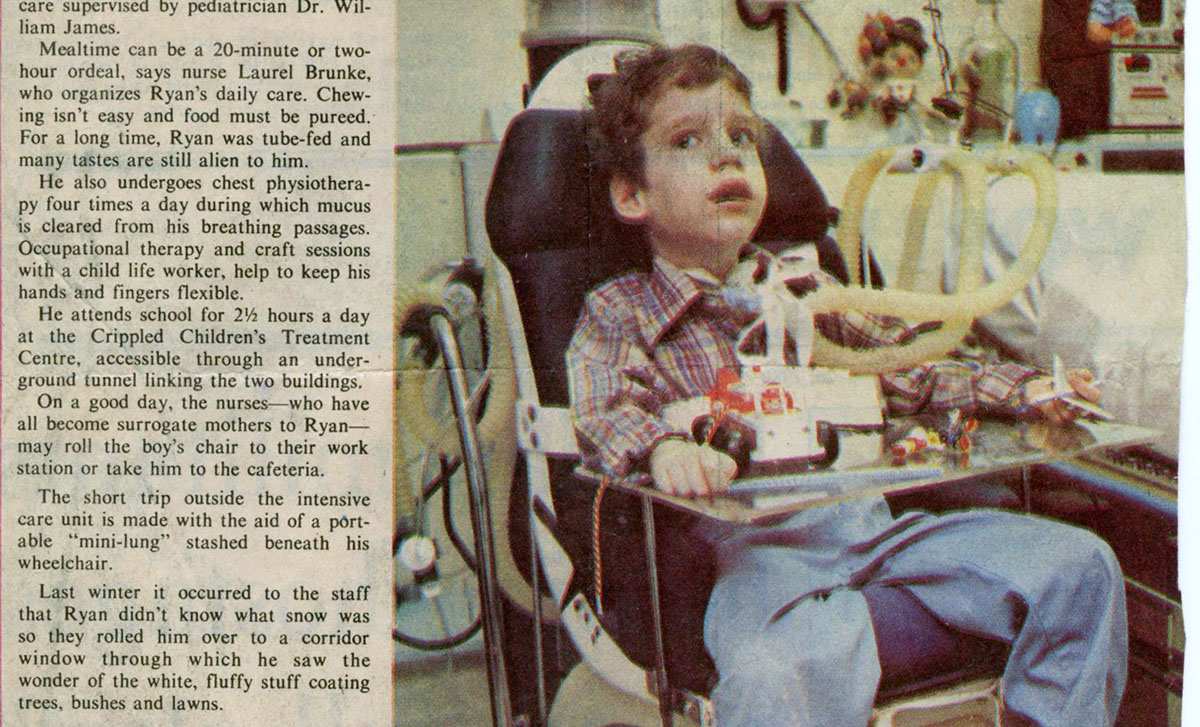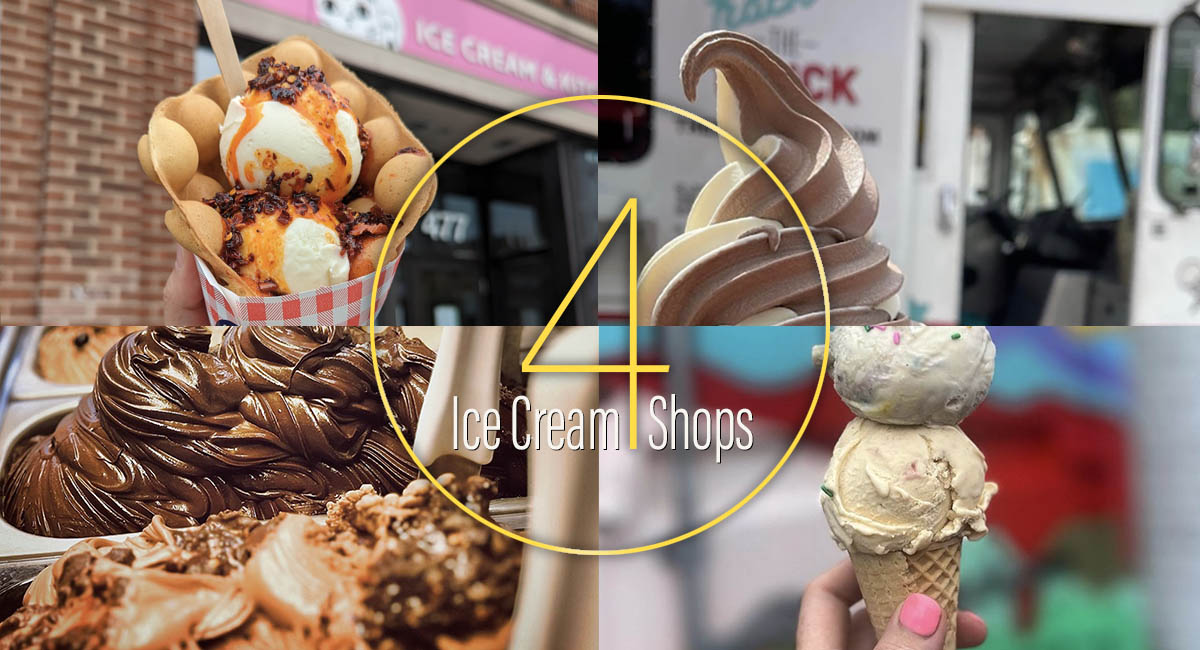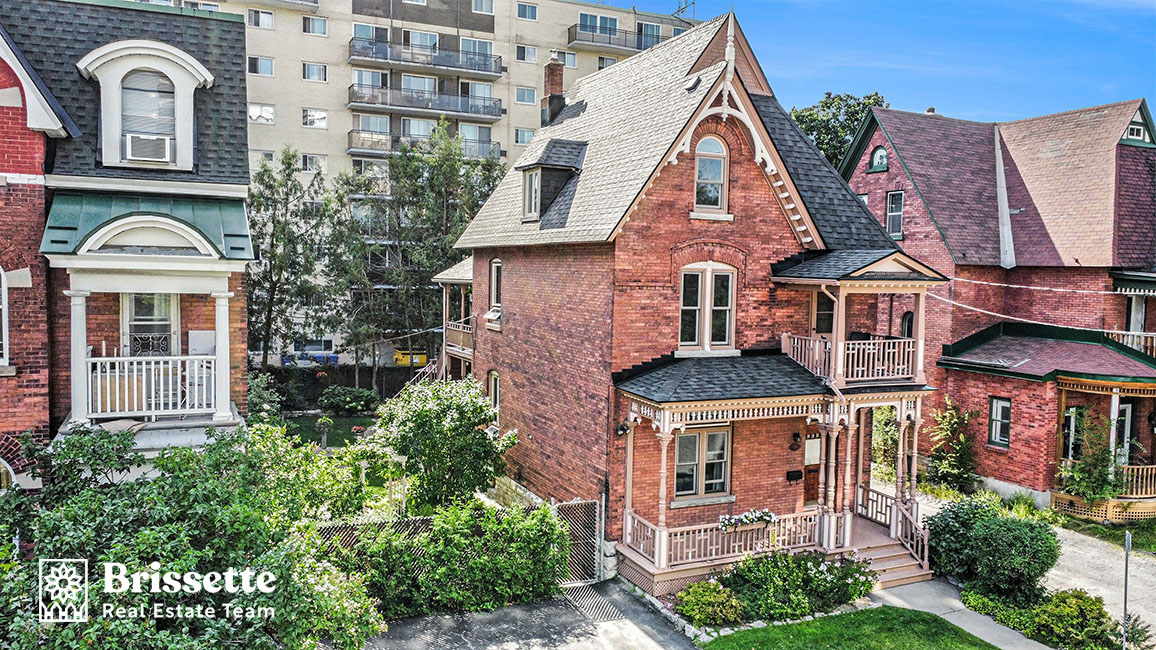
Rolling my way Through the School of Hard Knocks
Rolling my way Through the School of Hard Knocks
In part one of my four-part series about my origins story, I wrote about my early years living at the Children’s Hospital of Eastern Ontario in Ottawa. Despite being given a year to live, I was determined to prove the doctors wrong andmake the most of the time I had.
When I was around five or six, I started going to school.
The first school I attended was, and still is, located in the basement of CHEO. At the time, it was called the Ottawa Crippled Children’s Treatment Centre and would eventually be renamed to the Ottawa Children’s Treatment Centre.
While at school, I was surrounded by kids with special needs in one way or another. This would be the first time I would experience being around people with disabilities daily. It was comforting to know that I was not alone.
Physio, occupational, and speech therapists worked inside the school with the children to ensure they could do what they needed. For example, if a child requires adaptive technology to help them communicate or write, the therapists work with the kids to determine what they need.
I’d like to say that technology in the early 80s was not nearly as advanced as today. When I see pictures of our various adaptive devices back then, I’m amazed at how far we have come.
Mind-boggling!
Our classes were identical to any other school at that grade level. Not only was I starting to learn how to read and write, but I also made a few friends I still see around the city today.
Once school was out for the day, I’d return to my hospital room.
It was also around this time that I moved from ICU to 4West.
4West was full of school-aged kids who just happened to be in the hospital for various reasons. Most of the kids were able-bodied. We’d play games, watch movies, and do everything kids do in a hospital.
There was also a playroom where the kids could have fun and do arts and crafts. We had almost every fantastic 80s toy and game imaginable. Part of me misses those days. Life seemed so much simpler and more fun back then.
Besides the fantastic selection of games and toys, I made many friends and even had roommates for a few years. Patients would come in, get better, and go home.
Unfortunately, the last two things didn’t always happen.
One of the significant downsides of living in a hospital for nineteen years was having friends pass away, sometimes in the bed beside me.
I still remember them all to this day, which is a big reason why I have PTSD. I would go to bed, not knowing if my friends would be there in the morning.
I learned at a very young age how to deal with loss and death but, at the same time, be grateful for not only my life but life in general. It motivated me to keep rolling forward even when it seemed impossible.
When I was about eight or nine years old, I was finally able to leave the hospital and go to a regular school, which was a massive step for me. I was so excited to leave the hospital and finally experience life on the outside, even if it was for a few hours a day.
The first regular school I attended was Centennial Public School, still in Centretown. It was a wonderful experience, with a great mix of kids from all different backgrounds.
So, I started going out regularly and couldn’t get enough of it.
CHEO had even hired a guy named Peter to take me to school and to take me out during PD Days. We did many fun things together in the ten years he worked with me. As time went on, CHEO hired more people to take me out, and it became a big part of my life.
As the years went by, the older I got, the closer I got to aging out of CHEO.
In 1992, the higher-ups at CHEO gave me two options: move to a group home or a long-term care facility.
I hate to give a spoiler, but I decided on a third option: living in my own apartment.
Next week, I’ll discuss what it took to get my own apartment and the challenges I faced.
In the meantime, stay safe and keep on rolling.
HEADER IMAGE: As a child living at CHEO, columnist Ryan Lythall was featured in an Ottawa Citizen article.









